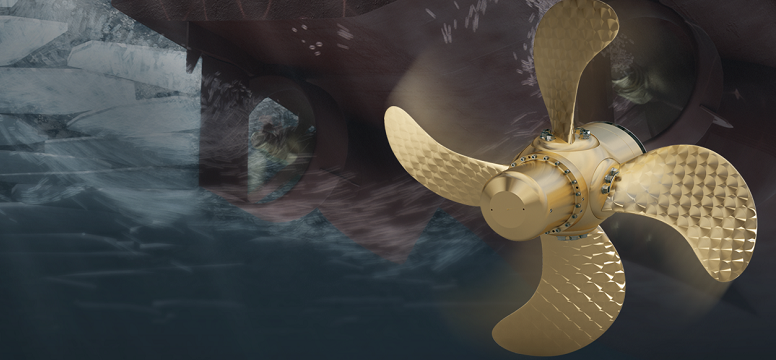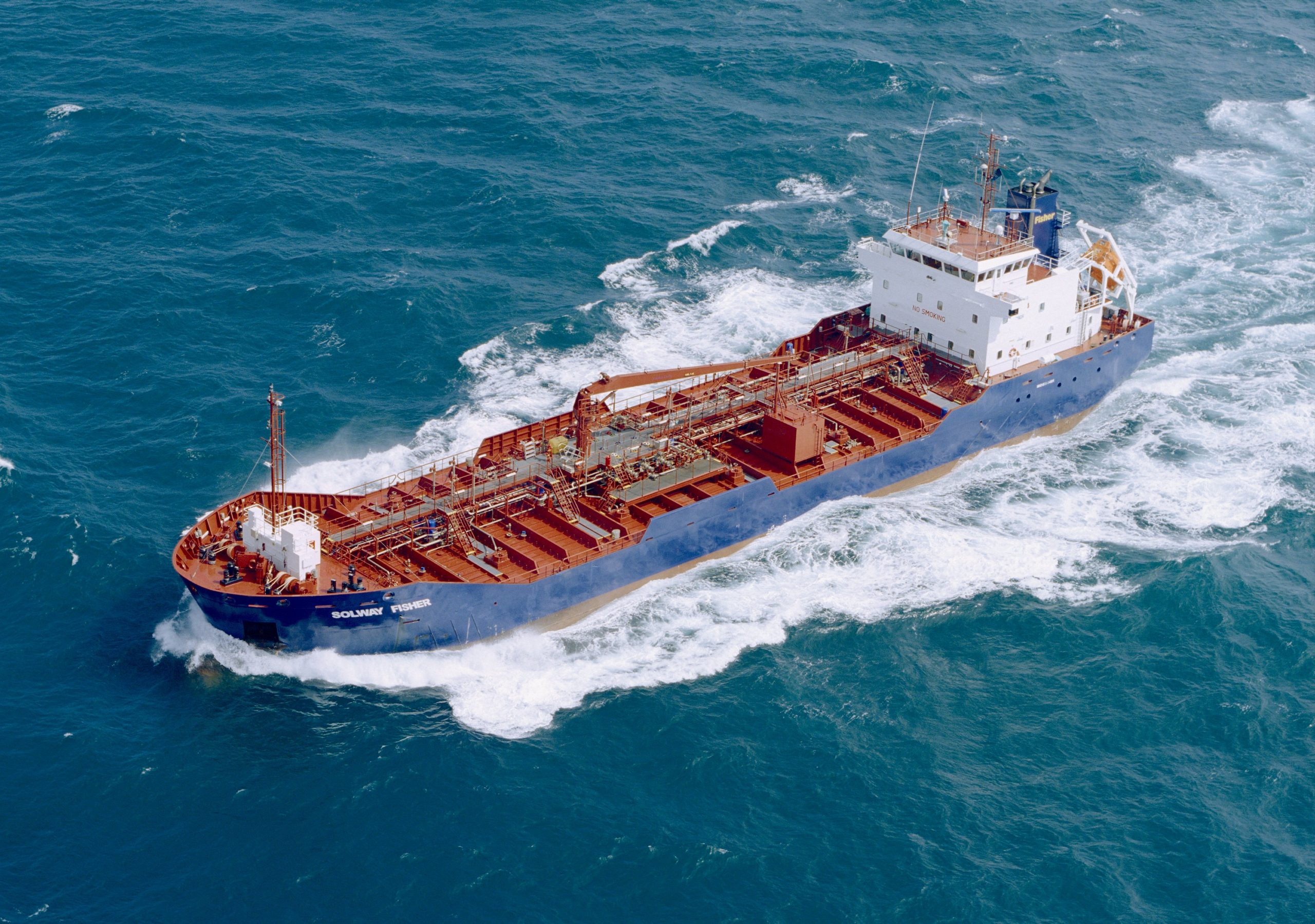In transit or standby, the vessel can run its smaller generators at a higher load, getting more out of every drop of fuel.

In the continued drive for greater fuel efficiency and reduced emissions, Caterpillar has developed a hybrid propulsion system, ideal for tugboats or many other marine applications. The Cat Hybrid Propulsion System brings a great deal of flexibility to the vessel, giving captains several options in how they operate their tug. If your vessel spends the majority of its time in standby, position-keeping or low-speed transit modes, a conventional diesel-mechanic propulsion system may be costing you too much in fuel, maintenance and overall lifecycle expenses. Hybrid propulsion systems give you the full diesel-mechanic power and performance you need in work mode — then let you switch to more efficient diesel-electric operation in other applications. The result? Higher average engine load, fuel savings, significantly reduced maintenance costs, increased uptime and a lot more.

The Cat Hybrid Propulsion System can be developed as stem-to-stern solution, with a pair of primary diesel engines connected to the vessel’s azimuth drives. In addition to the diesel engines, the Cat Hybrid Propulsion System includes VFD controlled booster motors, which are also tied to the azimuth drives. The booster motors are powered by generator sets and/or batteries and the load balancing and switching between operation modes are handled in a highly optimized control system.
Popular power options for the Cat Hybrid Propulsion System include Caterpillar’s highly esteemed 3500 marine power series, and a suitable selection of generator sets.
The Cat Hybrid Propulsion System gives every captain what they want – options. And with more options comes more performance and more efficiency.
If maximum performance is needed from the azimuth drives, a captain can combine full power from the diesel engines with the booster motors to get top bollard pull. If, though, the vessel is in transit or in standby, then the main diesel engines can be shut down and the smaller generators used to create enough thrust. And if conventional tugboat capabilities are desired, the diesel engines can be used to power the azimuth thrusters without the booster motors. This ability to switch on the fly offers obvious benefits, including:
In transit or standby, the vessel can run its smaller generators at a higher load, getting more out of every drop of fuel.
With additional power options on the vessel, captains can protect their primary engines from unnecessary wear.
Caterpillar’s C-series of generator sets are smaller than the 3500 engines, which means they are easier to service, and cost less to do so. Captains can take advantage of this by prioritizing generator usage whenever possible.
Better fuel efficiency and higher average engine load means lower emissions.

Caterpillar Marine is pleased to announce a contract to supply an integrated hybrid propulsion solution on two new vessels for Harbor Docking and Towing based in Houston, Texas. The vessels will be designed and built by Washburn & Doughty in East Boothbay, Maine. This sales contract is a culmination of joint efforts between Milton Cat and Louisiana Cat who supports Harbor Docking and Towing’s vessels operating in Lake Charles, LA. Caterpillar will be providing a ‘stem-to-stern’ Cat® content hybrid propulsion system scope including 3512E main engines, C18 generator sets, a C7.1 generator set, shaft lines, MTA 628 azimuth drives, booster motors, VFD’s, switchgear, and a fully integrated and simple to use control system. Read more about this in our press release!